- EasyCard
- Trade
- Help
- Announcement
- Academy
- SWIFT Code
- Iban Number
- Referral
- Customer Service
- Blog
- Creator
2025 USDT Remittance Regulation Updates: How to Safely Choose Compliant Platforms Under EU New Rules
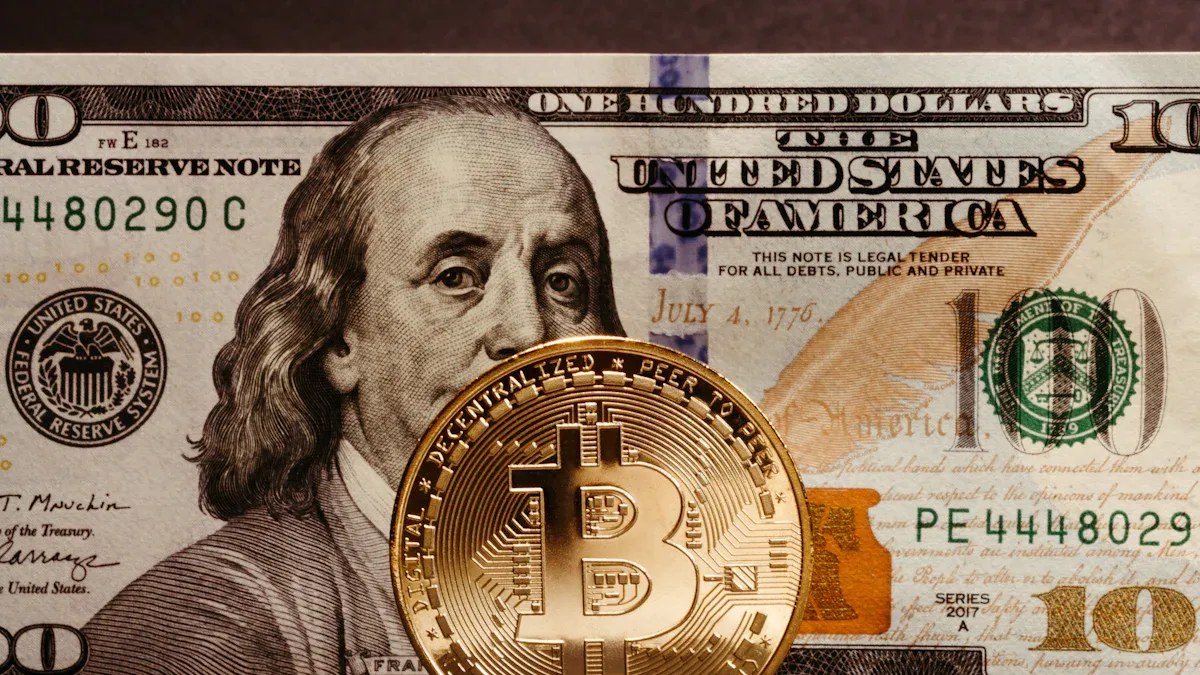
Image Source: pexels
After the 2025 EU MiCA regulations take effect, the safest way to use USDT stablecoin for international remittances is to choose platforms that have obtained EU licenses. You should prioritize exchanges that support euro stablecoins (such as EURC), for example Kraken and Coinbase.
MiCA regulations will strictly restrict the use of USDT within the EU area. This means the remittance paths you currently rely on may become invalid, so you must reassess and choose new compliant platforms.
Key Takeaways
- The EU MiCA regulations take effect in 2025, and the use of USDT in the EU will be strictly restricted.
- Choosing platforms that have obtained EU licenses, such as Kraken and Coinbase, can ensure your remittances are safe and compliant.
- You should exchange USDT for euro stablecoins (such as EURC) or directly convert to euros, then remit via the SEPA network.
- Conducting KYC verification on compliant platforms and enabling multi-factor authentication and withdrawal whitelists can protect your fund security.
- Be vigilant against high-return promises and phishing sites; only access platforms through official channels to avoid scams.
MiCA New Rules: Why USDT Remittances Are Restricted
The EU’s MiCA regulations set global-leading regulatory standards for crypto assets (especially stablecoins). Because the issuer, reserve structure, and operational model of USDT currently do not comply with these new rules, its use within the EU will be strictly restricted. This directly affects the convenience and compliance of your use of USDT stablecoin for international remittances.
Core Requirements of MiCA for Stablecoins
MiCA regulations require stablecoin issuers to obtain authorization in the EU and meet strict operational standards. This means issuers can no longer operate anonymously or in loosely regulated regions. You need to understand that Tether, the issuing entity of USDT, is not registered in the EU, so it fundamentally does not meet MiCA’s entry requirements.
Overview of Core Regulatory Requirements MiCA proposes clear governance and capital requirements for stablecoin issuers (referred to as Asset-Referenced Tokens, or ART, in the regulations), which USDT currently does not satisfy.
| Requirement Type | Specific Content |
|---|---|
| Capital Reserves | Issuers must hold a minimum of €350,000 in own funds or 2% of the average amount of reserve assets. |
| Governance Requirements | Issuers must have a registered office in the EU and obtain authorization from local regulators. |
| Reporting Requirements | Must publish a detailed whitepaper disclosing risks, reserve composition, and environmental impact. |
| Authorization Requirements | Need to provide a legal opinion proving the token falls under MiCA regulation. |
Transaction Restrictions on USDT in the EU
MiCA regulations impose clear transaction caps on non-euro stablecoins to maintain euro monetary sovereignty.
For stablecoins like USDT, the regulations stipulate that daily transaction volume within the EU must not exceed 1 million transactions, and daily transaction amount must not exceed €200 million. Once exceeding this threshold, issuers must stop issuance and take measures to reduce transaction volume to compliant levels. This restriction will severely weaken USDT’s liquidity as a large-scale payment and remittance tool.
Exchanges’ Responses: Delisting and Conversion
To comply with the upcoming regulations, major cryptocurrency exchanges have begun proactively adjusting their services in the EU area. You will find that many platforms are gradually delisting USDT trading pairs or converting them to sell-only modes.
For example, OKX has delisted its USDT trading pairs in Europe. Kraken also restricted USDT trading in the European Economic Area as early as the beginning of 2024.
Unified Actions by Mainstream Exchanges More platforms including Binance and Crypto.com have also announced plans to delist stablecoin trading pairs that do not comply with MiCA and recommend users convert assets to compliant euro stablecoins. This means your habit of relying on USDT for transactions and remittances must change.
Safe Remittance Platform Selection Criteria
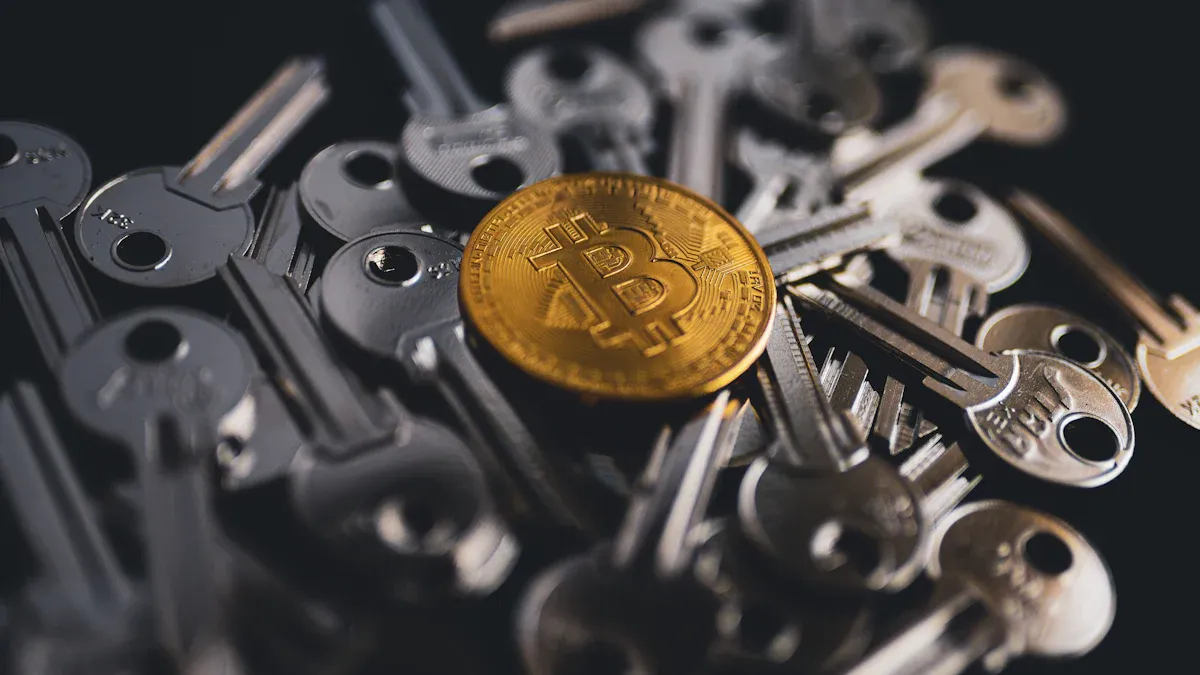
Image Source: unsplash
Facing the changes brought by MiCA regulations, you can no longer choose trading platforms casually. To ensure your fund security and smooth remittance paths, you must carefully evaluate and select Crypto-Asset Service Providers (CASPs) based on the following four core criteria.
Criterion One: Holding EU CASP License
This is the most primary and critical screening criterion. Whether a platform holds a CASP license issued by an EU member state directly determines its legality to operate within the EU. Platforms without this license will be unable to operate after 2025.
MiCA regulation’s CASP license applications are already open in most EU countries. This means compliant platforms have begun taking action to obtain operational qualifications that passport across the entire EU.
The licensing process is very strict, with different regulatory bodies and requirements in different countries. This ensures only platforms with strong compliance capabilities and technical strength can be approved.
| Jurisdiction | Regulatory Body | Expected Processing Time | Key Requirements |
|---|---|---|---|
| France | AMF | 5-6 months or longer | Emphasizes IT infrastructure resilience and risk management policies. |
| Germany | BaFin | 6 months or longer | Strict scrutiny of corporate governance and capital. |
| Estonia | FIU | 2-4 months | Strict background checks on applicants. |
| Lithuania | Bank of Lithuania | About 65 days | Requires hiring local executives and compliance officers. |
Choosing a platform that has obtained a license in any of the above countries means your assets are directly protected by EU law.
Criterion Two: Supporting Compliant Euro Stablecoins
As USDT becomes restricted in the EU, the paths you were accustomed to for using USDT stablecoin for international remittances will no longer be reliable. Therefore, whether the platform supports euro stablecoins (E-Money Tokens, EMTs) compliant with MiCA regulations is crucial. These stablecoins are directly pegged 1:1 to the euro and issued by electronic money institutions registered in the EU.
Currently, multiple euro stablecoins on the market are actively seeking or have already obtained MiCA compliance certification.
| Stablecoin | MiCA Compliance Status | Issuer Background |
|---|---|---|
| EURC | Planning full compliance | Issued by Circle’s (USDC issuer) EU entity, has applied for license in France. |
| EURI | Fully compliant | Issued by Luxembourg-regulated Banking Circle S.A. |
| EURS | Fully compliant | Regulated within the EU, provides daily reports and periodic audits. |
A platform supporting these compliant euro stablecoins can provide you with a seamless, low-risk asset conversion and fiat entry/exit channel.
Criterion Three: Public and Transparent Reserve Proofs
You need to ensure the platform holds real and sufficient customer assets. Proof of Reserves (PoR) is a key audit mechanism verified by independent third-party audit institutions, proving the platform’s reserve assets are sufficient to cover all customer liabilities.
What is an Effective PoR? A real PoR is not just publishing a string of wallet addresses. It should be executed by reputable audit firms (such as Armanino, Cohen & Co.) through “Agreed-Upon Procedures (AUP)” or more comprehensive audits. Although not a full financial statement audit, it provides strong assurance of asset authenticity through professional oversight.
Choosing a platform that regularly publishes PoR reports audited by well-known accounting firms can maximize the reduction of risks like platform misappropriation of funds or bankruptcy due to mismanagement.
Criterion Four: Strong Account Security Features
Platform compliance ensures macro security, while strong account security features protect your personal assets from theft. When choosing a platform, you must check whether it provides the following core security tools:
- Multi-Factor Authentication (MFA/2FA): This is the most basic security line. It requires you to provide a second verification in addition to your password when logging in or performing sensitive operations, such as a mobile verification code or a code generated by an authenticator app.
- Withdrawal Whitelist: This feature allows you to pre-set a group of trusted withdrawal addresses. Once enabled, your account funds can only be withdrawn to these whitelisted addresses; even if the account is hacked, hackers cannot transfer your assets to their own addresses.
Security Tip Withdrawal whitelist is an extremely effective anti-theft feature. Although not all exchanges provide it, you should prioritize platforms that support this feature and be sure to enable it.
Ensuring the platform you choose has both MFA and withdrawal whitelist features adds a solid lock to your digital asset security.
2025 EU Compliant Platform Recommendations
Under the wave of MiCA regulations, you need to transfer assets to platforms that not only embrace regulation but have also made substantial compliance progress in the EU. The following recommended platforms excel in compliance, security, and euro liquidity, making them ideal choices for your USDT-related remittances after 2025.
Platform Recommendation: Kraken
Kraken is one of your top choices in the post-MiCA era, with a very proactive and clear compliance layout in the EU. It not only has a long history but is also at the forefront of the industry in obtaining licenses from EU countries.
Kraken’s EU Compliance Advantages Kraken has obtained MiCA authorization through its Irish entity, meaning it can use “single license passporting” to provide services to all 30 European Economic Area (EEA) countries. This provides you with a stable and widely covered compliant operating environment.
Kraken’s compliance footprint in the EU includes:
- Ireland: Authorized by the Central Bank of Ireland, serving as its EU operations headquarters.
- Netherlands, Spain, Italy, France: Has completed Virtual Asset Service Provider (VASP) registrations in these major EU countries and will unify them under its MiCA license.
Fees and Fiat Entry/Exit When you need to exchange USDT for euros, Kraken provides a clear fee structure. Afterward, you can quickly withdraw euros to your bank account via the SEPA network.
- Trading Fees: When exchanging USDT for euros (EUR), handling fees typically range from
0.04%to0.20%based on your trading volume. For large traders, fees can even drop to0.00%. - Fiat Withdrawals: Euro withdrawals via SEPA have extremely low fees, usually only
€0.90to€1.00.
In contrast, OKX has delisted USDT trading pairs in the EU, and Binance’s compliance path still has uncertainties. Choosing Kraken means choosing a clear and reliable compliant remittance channel.
Platform Recommendation: Coinbase
As a company listed on Nasdaq in the US, Coinbase has natural advantages in financial transparency and compliant operations. It must comply with strict financial reporting and audit requirements, providing additional protection for your asset security.
Coinbase is also actively embracing MiCA regulations and has obtained registrations in multiple EU countries. It supports Circle-issued euro stablecoin EURC, providing you with a seamless conversion path from USDT to compliant euro assets.
Coinbase’s Euro Channel Advantages Coinbase’s SEPA transfer service is very efficient and low-cost, making it an excellent choice for small, high-frequency euro remittances.
Fees and Fiat Entry/Exit Coinbase offers highly competitive euro entry/exit options for EU users.
| Remittance Method | Processing Time | Typical Fees |
|---|---|---|
| SEPA Transfer | 1-2 business days | About €0.15 |
Please note that the first SEPA use may require a small verification deposit, and the daily withdrawal limit is €100,000. Weekends or bank holidays may affect arrival speed. Its low fees and efficient processing make it a powerful tool for your daily euro remittances.
Other Compliant Alternatives: Bitstamp
Bitstamp is one of the oldest cryptocurrency exchanges in the industry, established in 2011 and always known for strict compliance standards. If you prefer a time-tested platform with an impeccable regulatory record, Bitstamp is a very reliable choice.
It obtained important licenses in EU core financial centers long before MiCA regulations were introduced.
| Entity Name | Jurisdiction | Regulatory Body | License Type |
|---|---|---|---|
| Bitstamp Europe S.A. | Luxembourg | CSSF | Payment Institution & Crypto-Asset Service Provider |
| Bitstamp Financial Services Ltd. | Slovenia | ATVP | MiFID Investment Firm |
Bitstamp’s Deep Compliance Bitstamp’s payment institution license in Luxembourg is highly valuable, enabling it not only to handle cryptocurrency transactions but also to provide payment services like traditional financial institutions. This dual regulatory identity gives it an incomparable advantage in compliance.
Bitstamp also supports euro trading pairs and SEPA entry/exit, providing you with a safe and stable asset haven.
Comparison of Three Compliant Platforms
To help you make a more intuitive choice, the table below summarizes the differences of these three platforms in key dimensions.
| Dimension | Kraken | Coinbase | Bitstamp |
|---|---|---|---|
| EU License | ✅ MiCA full-territory license (via Ireland), registered in Netherlands, Spain, etc. | ✅ Registered in Germany, Ireland, Italy, etc., actively applying for MiCA license | ✅ Payment institution license (Luxembourg), oldest EU compliant platform |
| Supported Euro Stablecoins | ✅ EURC, EURT | ✅ EURC (deep cooperation with issuer Circle) | ✅ Supports direct euro trading |
| Fiat Channels and Fees | SEPA withdrawal fee about €1, trading fee 0.04%+ | SEPA withdrawal fee about €0.15, trading fee 0.05%+ | SEPA withdrawal free, trading fee 0.05%+ |
| Security | ✅ Proof of Reserves (PoR)✅ Withdrawal Whitelist | ✅ Public company financial transparency✅ Withdrawal Whitelist | ✅ Long-term stable operation❌ No withdrawal whitelist |
Conclusion: These three platforms all provide you with reliable paths for safe remittances under MiCA regulations. You can make the choice that best suits you based on your preferences for fees, specific features (such as withdrawal whitelist), and platform background.
How to Safely Use USDT Stablecoin for International Remittances

Image Source: pexels
Once you have selected a compliant platform like Kraken or Coinbase, the next task is to safely convert your held USDT to euros and remit to your bank account. This process is direct, transparent, and fully compliant with EU regulations. Please follow the following four steps to ensure every operation is safe and error-free.
Step One: Complete KYC Verification on Compliant Platform
The first step in operating on any EU-regulated platform is always to complete “Know Your Customer” (KYC) identity verification. This is a legal requirement and the first line of defense protecting your account security. The platform must confirm your true identity to prevent money laundering and financial fraud.
You need to prepare the following documents to complete verification:
- Identity Proof Documents: Usually your passport or government-issued photo ID.
- Address and Residency Verification: Recent utility bills or bank statements showing your name and residential address.
- Personal Information: Your full name, date of birth, and nationality.
Verification Time Tip For most individual users, as long as the submitted documents are clear and standard, the entire KYC verification process usually completes within minutes to one day. If complex situations require manual review, it may take a few days. Please complete this step in advance to avoid delays when urgently needing remittances.
Step Two: Exchange for Euro Stablecoin or Fiat
Since USDT use is restricted in the EU, you need to convert it to compliant assets. On platforms like Kraken or Coinbase, you have two main choices:
- Exchange for Compliant Euro Stablecoin: Convert your USDT to MiCA-compliant euro stablecoins such as EURC. This process is usually completed in the platform’s “Trade” or “Convert” interface, operating like any other cryptocurrency trading pair.
- Directly Exchange for Euros (EUR): Platforms usually provide USDT/EUR trading pairs. You can directly sell USDT and exchange for euro fiat balance in your account.
Some platforms advertise their “conversion” feature can achieve “zero handling fees, no slippage”. But you still need to pay attention to the actual execution exchange rate. Before executing large conversions, it is best to perform a small transaction first to calculate the final conversion cost. The past method of directly using USDT stablecoin for international remittances is being replaced by this more transparent conversion process.
Step Three: Complete Remittance via Fiat Channel
When you have euros in your account (whether from EURC conversion or directly held fiat balance), you can withdraw funds to your EU bank account via the SEPA (Single Euro Payments Area) network. This is currently the most mainstream and lowest-cost euro remittance method.
SEPA Transfer Processing Time Euro withdrawals initiated from exchanges usually take 1-3 business days to arrive in your bank account. Please note that bank holidays and weekends affect arrival speed, so you need to plan your fund arrangements in advance.
Compliant platforms provide quite high withdrawal limits for verified users, sufficient to meet most remittance needs.
| Platform | Withdrawal Method | Daily Limit | Monthly Limit |
|---|---|---|---|
| Coinbase | Euro SEPA | €100,000 | Not specified |
| Kraken (Intermediate Account) | Cryptocurrency | $500,000 | $15,000,000 |
This process clearly demonstrates that under MiCA regulations, compliantly using USDT stablecoin for international remittances has transformed into a “convert first, then remit” model.
Risk Warnings and Anti-Scam Guide
Although operating on compliant platforms greatly enhances security, you still need to be vigilant against potential financial costs and ubiquitous online scams.
1. Potential Financial Costs
You will encounter several fees throughout the remittance process. Clearly understanding them can help you better manage costs.
| Cost Type | Description |
|---|---|
| Exchange Rate Spread | The small difference between buy and sell prices when converting USDT to euros, which is the platform’s hidden revenue. |
| Trading Fee | A proportional fee charged by the platform when selling USDT for euros in the trading market, usually between 0.05% and 0.2%. |
| Withdrawal Fee | Fee incurred when withdrawing euros to a bank account via SEPA, usually a fixed low amount (such as €0.15 or €1). |
2. Core Security Risks and Anti-Scam Guide
As regulation tightens, scammers’ methods are also “upgrading.” They exploit users’ confusion about new rules to set various traps. You must remain highly vigilant.
| Scam Type | Behavioral Characteristics | Real Case Warnings |
|---|---|---|
| Phishing Sites | Create fake sites identical to real exchanges, luring you to log in via email or SMS to steal your password and 2FA codes. | CryptoComSite.com once impersonated the official site to steal user credentials. |
| Fake Trading Platforms | Promise unrealistic high returns or provide “insider information,” luring you to deposit funds into a fake platform completely controlled by scammers. | wmt-exchange.org once lured a user to invest over $300,000 before absconding. |
| “Pig Butchering”/Romance Scams | Scammers build trust or emotional relationships via social networks, then guide you to their designated fake platforms for “investment.” | Coinegg (ceggcc.vip) was once used in “pig butchering” scams, causing huge losses to victims. |
Your Defense Manual:
- Official Channel Verification: Always access platforms through bookmarks you saved yourself or by entering official URLs in search engines (e.g.,
kraken.com,coinbase.com). Never click links from unknown emails or SMS. - Check Platform Authorization: Before any operation, first visit the national financial regulator’s official website (such as Central Bank of Ireland, German BaFin) to check if the platform is truly on the authorized list.
- Beware of High-Return Promises: Any promotion promising “guaranteed profits” or “asset doubling” is a danger signal. Legitimate financial services only disclose risks, never promise returns.
- Enable All Security Features: Be sure to enable multi-factor authentication (MFA/2FA) and withdrawal address whitelist in your account. This is the last solid line of defense protecting your assets.
- Asset Segregation: According to EU regulatory suggestions, compliant platforms must segregate customer assets from company own funds. Choosing such platforms prevents your funds from being misappropriated if the platform goes bankrupt.
Global cryptocurrency regulation is becoming clearer, and the implementation of MiCA regulations especially marks the arrival of a new era. Embracing regulation and choosing platforms holding official EU licenses and integrating euro stablecoins is the only viable path to ensure your asset security and smooth remittances.
Act Now You should proactively review the platforms you currently use. Based on the criteria provided in this article, consider migrating to compliant options like Kraken or Coinbase. Institutions like the European Securities and Markets Authority (ESMA) are intensively issuing guidelines, and the regulatory timeline is clear.
Please stay attentive to regulatory dynamics to ensure your remittance strategy remains compliant and secure.
FAQ
What Happens If I Do Nothing and Continue Using USDT on Non-Compliant Platforms?
Your account may be frozen, and fund withdrawals will face difficulties. The platform may also be shut down for illegal operations, putting your assets at risk of total loss. You must transfer assets to compliant platforms as soon as possible.
Will USDT Be Completely Banned in the EU After MiCA Implementation?
It will not be completely banned but will be strictly restricted. There are caps on daily transaction amount and volume, and mainstream exchanges will delist its trading pairs. You will find it difficult to use for large-scale transactions or remittances.
Will Other USD Stablecoins (Like USDC) Also Be Affected Besides USDT?
Yes, all non-euro stablecoins will face similar transaction volume restrictions. MiCA regulations aim to enhance the euro’s dominance, thus prioritizing the use of compliant euro stablecoins (such as EURC).
Can I Still Receive USDT from Outside the EU to My Compliant Platform Account?
This depends on platform policies. Compliant platforms may take the following measures:
- Stop all USDT deposit functions.
- Force automatic conversion of deposited USDT to euros.
You must check the platform’s exact policies in advance to avoid losses.
*This article is provided for general information purposes and does not constitute legal, tax or other professional advice from BiyaPay or its subsidiaries and its affiliates, and it is not intended as a substitute for obtaining advice from a financial advisor or any other professional.
We make no representations, warranties or warranties, express or implied, as to the accuracy, completeness or timeliness of the contents of this publication.

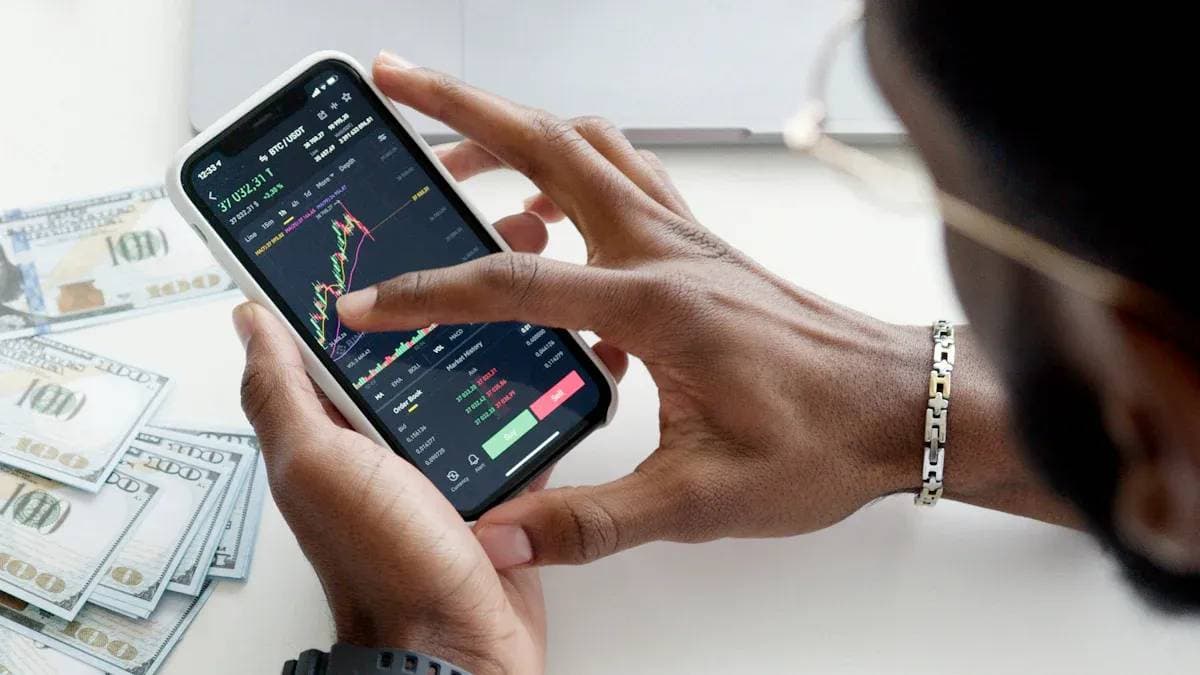
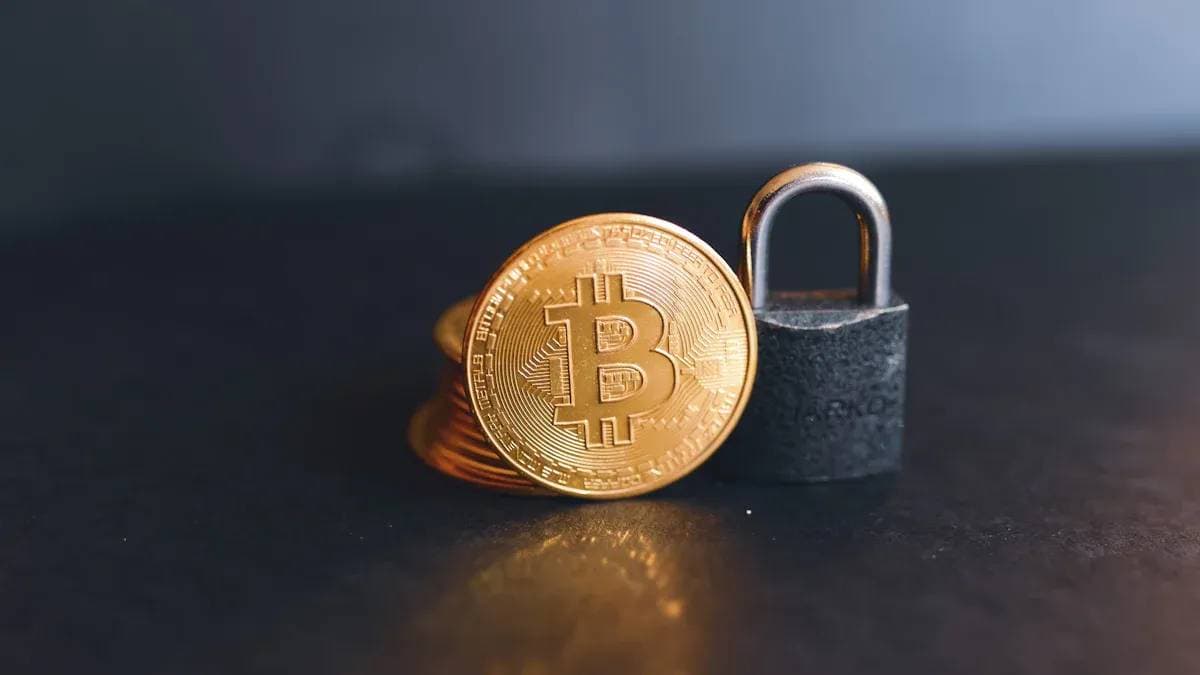
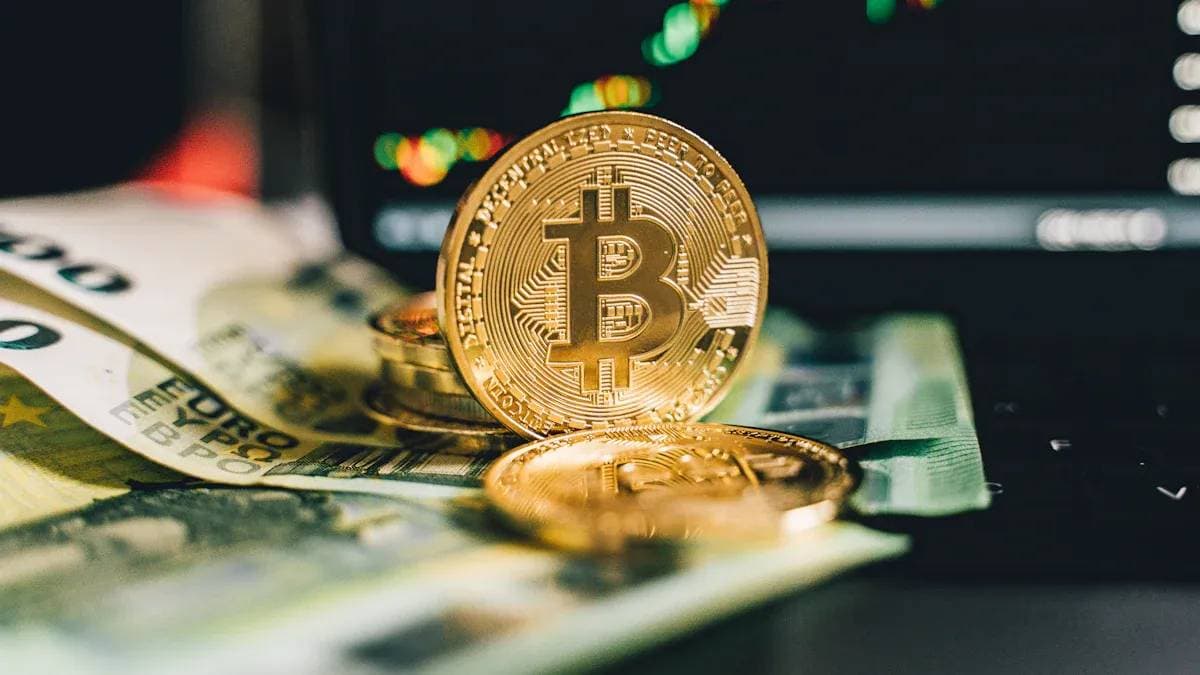
Contact Us
Company and Team
BiyaPay Products
Customer Services
BIYA GLOBAL LLC is a licensed entity registered with the U.S. Securities and Exchange Commission (SEC No.: 802-127417); a certified member of the Financial Industry Regulatory Authority (FINRA) (Central Registration Depository CRD No.: 325027); regulated by the Financial Industry Regulatory Authority (FINRA) and the U.S. Securities and Exchange Commission (SEC).
BIYA GLOBAL LLC is registered with the Financial Crimes Enforcement Network (FinCEN), an agency under the U.S. Department of the Treasury, as a Money Services Business (MSB), with registration number 31000218637349, and regulated by the Financial Crimes Enforcement Network (FinCEN).
BIYA GLOBAL LIMITED is a registered Financial Service Provider (FSP) in New Zealand, with registration number FSP1007221, and is also a registered member of the Financial Services Complaints Limited (FSCL), an independent dispute resolution scheme in New Zealand.




















